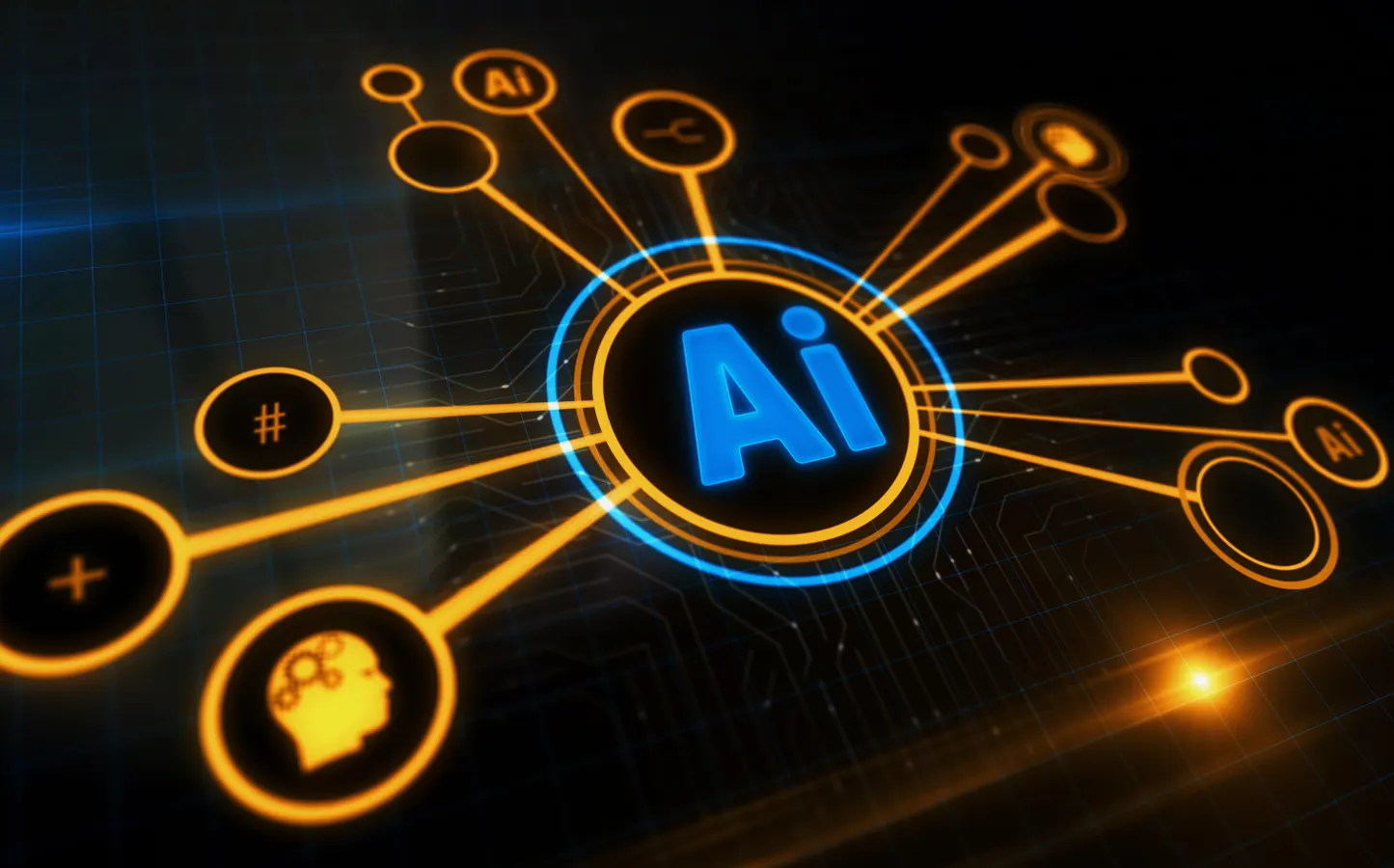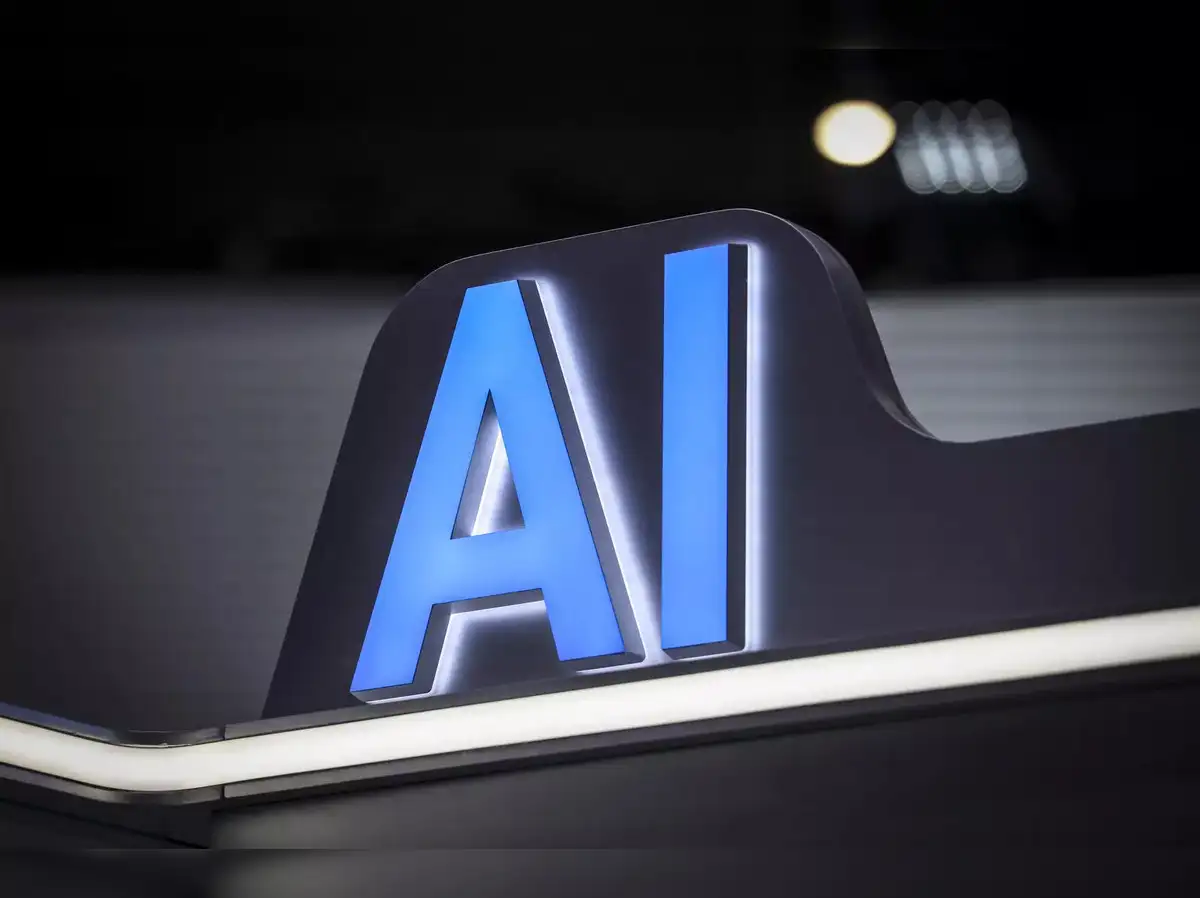By Contributor,Dr. Diane Hamilton
Copyright forbes

How Shifts In Technology Will Create Unexpected Uses Of AI
When Facebook and Instagram first became popular, I used it to see what my friends were doing and what they shared. Over time, I started to use them in completely different ways. Today, I rarely look at posts from friends. Some people don’t post as much as they used to in the past. I know I don’t. Perhaps, they are doing the same thing I am doing. I spend far more time watching video clips, often from people I don’t know, like Neil deGrasse Tyson explaining the cosmos or Jim Gaffigan making me laugh about parenting. The shift happened gradually. The tool was designed for one purpose, but my behavior adapted, and now I engage with it in a completely different way. That’s what happens with technology. What begins with one intention almost always evolves into something unexpected, and the same will happen with AI.
How Technology Shifted In Social Media
Getty Images
How Technology Shifted In Social Media
Social media offers some of the clearest lessons in unintended use. Facebook’s original pitch, after a short stint as a way to rate women on campus at Harvard, was a way to share status updates, and it became the largest advertising and video entertainment platform in the world. Instagram initially was a place to share filtered photos with friends, yet today many people think of it first as a shopping mall. TikTok launched as a lip-syncing app for teens, but it is now a global force for news, education, marketing, and even career building. The pattern is that social media, like other technology, rarely ends up being defined by its original use.
How Technology Shifted In Big Tech
AFP via Getty Images
How Technology Shifted In Big Tech
This same shift plays out across the giants of business. Amazon began as an online bookstore. The unexpected breakthrough wasn’t in selling books at all but in the infrastructure built to support those sales. That infrastructure became Amazon Web Services, the dominant cloud provider that drives a huge share of the company’s revenue. Netflix mailed DVDs to customers’ homes and transformed itself into a streaming service. Now it’s one of the largest original content creators on the planet. Google began as a search engine and ended up making most of its money from advertising. These examples show how companies adapt to where people find the most value rather than where the technology first started.
MORE FOR YOU
How Technology Shifted In Business Tools
NurPhoto via Getty Images
How Technology Shifted In Business Tools
Some of the most popular workplace tools were never designed to be what they are today. Slack was born as an internal chat tool for a gaming company that failed, but the communication product lived on and changed how teams collaborate. Twitter, now X, was initially seen as a microblogging experiment, yet it became a newswire and debating tool for the entire world. Airbnb started when two designers put air mattresses in their apartment to cover rent during a conference, and now it disrupts global travel and hospitality. Once users find a different benefit in the technology, it takes on a new life.
How Technology Shifted In AI
NurPhoto via Getty Images
How Technology Shifted In AI
We’re already seeing early signs of this with AI. The first visible applications were about productivity, helping people write, summarize, and generate text. But the future will go far beyond that. AI trained to tag friends in photos is now helping doctors spot cancer in medical scans. AI chatbots built for customer service are evolving into career coaches, HR assistants, and meeting facilitators. Large language models that began as text predictors are now designing molecules for drug discovery and improving supply chain forecasting. Even deepfake technology, often criticized, is finding constructive roles in preserving voices for people who can no longer speak or for creating training simulations that feel real enough to prepare people for high-pressure situations.
How Technology Shifted In Everyday Life
Gado via Getty Images
How Technology Shifted In Everyday Life
Some of the most common technologies we take for granted were never intended for how we use them today. Text messaging was created as a side project for engineers but became one of the most dominant ways we communicate. GPS was built for military navigation and now powers Uber rides, fitness trackers, and dating apps that depend on location. QR codes were invented for tracking automotive parts in factories but ended up on restaurant menus and concert tickets. Each of these technologies followed the same pattern: what starts in one place can become something completely different once people integrate it into daily life.
What This Means For AI At Work
What This Shift In Technology Means For AI At Work
Right now, most leaders see AI as a way to gain efficiency: fewer hours on repetitive tasks, faster reporting, or better customer responses. That may be the “status update” stage of AI, the obvious early use. But the future could look very different. AI may become a trusted workplace coach, giving real-time feedback on communication or flagging signs of burnout before managers notice them. It may evolve into a cultural barometer, reading patterns across employee interactions and helping leaders spot problems early. AI could become a tool for personal reinvention, suggesting career paths based on skills you didn’t even know you had. These uses are not the ones most companies are planning for today, but just as Facebook turned from a friend network into an entertainment platform, the evolution will be guided by how people actually use the technology.
Why Leaders Need To Stay Curious About Technology
Why Leaders Need To Stay Curious About Technology
The important takeaway is not to predict with absolute certainty but to remain open and curious. Research by Everett Rogers on the diffusion of innovations shows that adoption follows surprising paths. When I interviewed Harvard Professor John Kotter, he explained that real change is often less about having the perfect plan and more about how people behave and adapt in the moment. Leaders who treat AI as a static tool will miss the shifts in how employees naturally adapt it. The leaders who stay curious, who ask how their people are actually using the technology and what value they find in it, will be positioned to capture the unexpected upside.
The Future Of AI Technology May Surprise Us
The Future Of AI Technology May Surprise Us
When I look back at how I once used Facebook, I never would have predicted I’d spend hours watching videos from comedians and scientists. Not to mention finding a lot of clothes and makeup I would never have known existed and learning far more about Labradors than I probably need to know. Yet that is where the value ended up for me. AI is going to evolve. Today, it might be a tool for efficiency. Tomorrow, it may be the colleague who reminds you what you promised in a meeting six months ago, the planner who rearranges a project in real time when a crisis hits, the mentor who suggests skills you will need two jobs from now, or the connector who links your idea with someone in another division you’ve never even met. If there’s one lesson from the history of technology, it’s that the uses we least expect often become the ones that matter most.
Editorial StandardsReprints & Permissions



